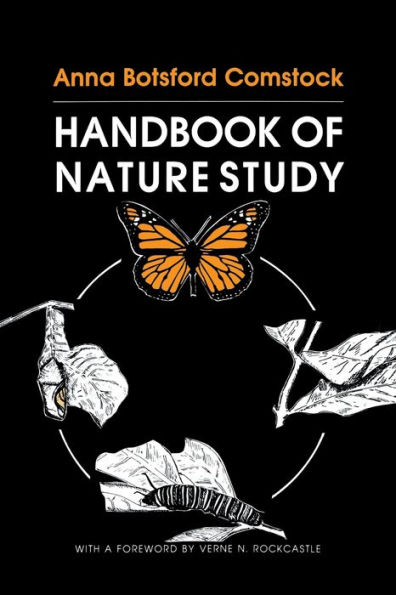5
1
9780801493843


$31.95

Handbook of Nature Study / Edition 1 available in Paperback

Handbook of Nature Study / Edition 1
- ISBN-10:
- 0801493846
- ISBN-13:
- 9780801493843
- Pub. Date:
- 07/03/1986
- Publisher:
- Cornell University Press
- ISBN-10:
- 0801493846
- ISBN-13:
- 9780801493843
- Pub. Date:
- 07/03/1986
- Publisher:
- Cornell University Press

Handbook of Nature Study / Edition 1
Paperback
31.95
In Stock

Product Details
| ISBN-13: | 9780801493843 |
|---|---|
| Publisher: | Cornell University Press |
| Publication date: | 07/03/1986 |
| Series: | A Comstock Bk. |
| Edition description: | REV |
| Pages: | 912 |
| Sales rank: | 265,855 |
| Product dimensions: | 6.12(w) x 9.25(h) x 2.19(d) |
| Age Range: | 18 Years |
About the Author
From the B&N Reads Blog
